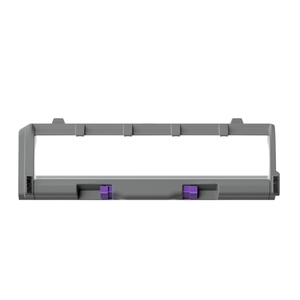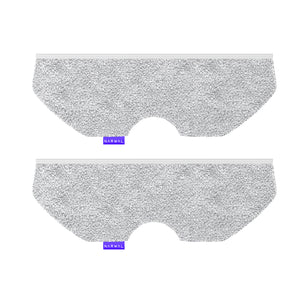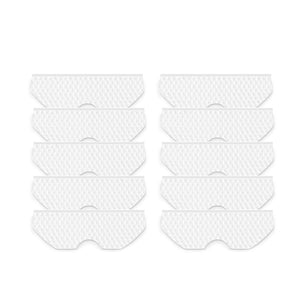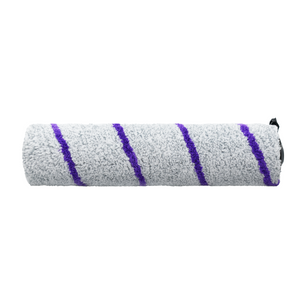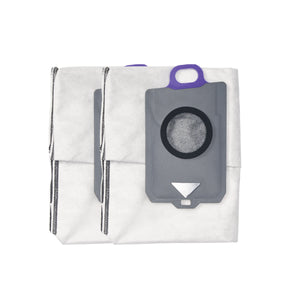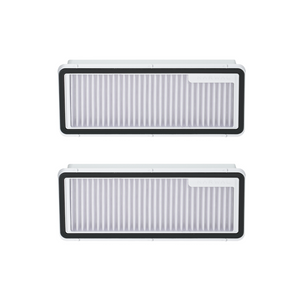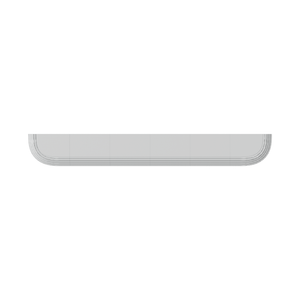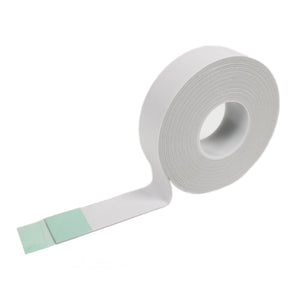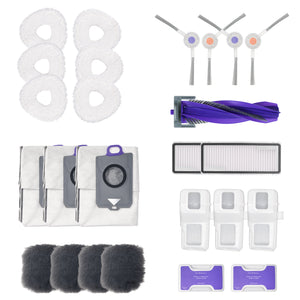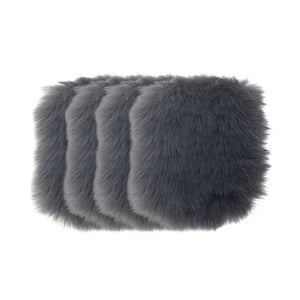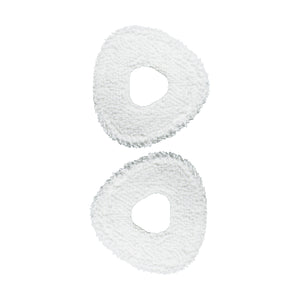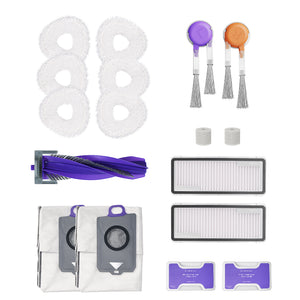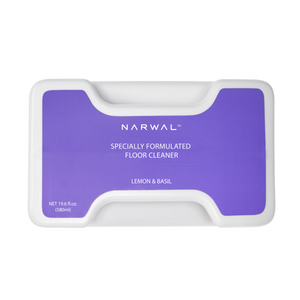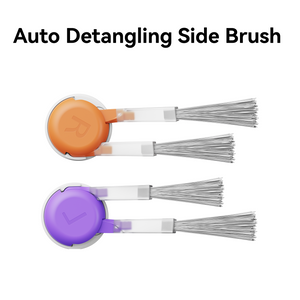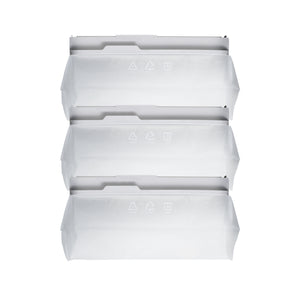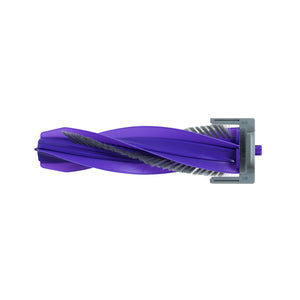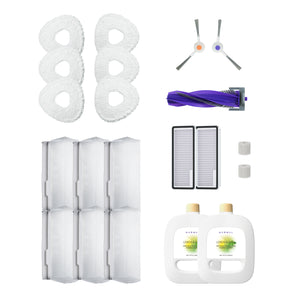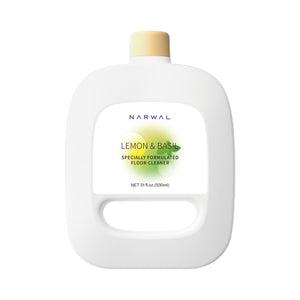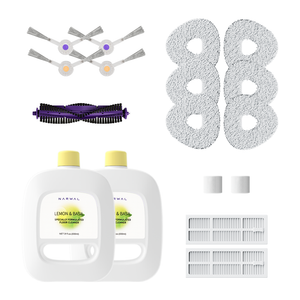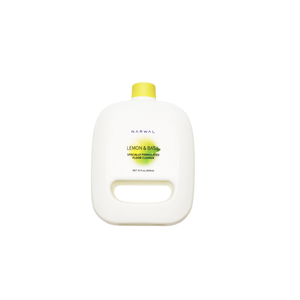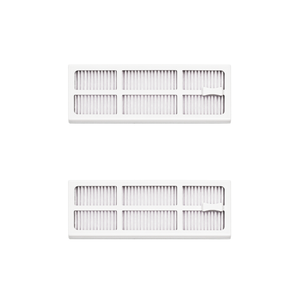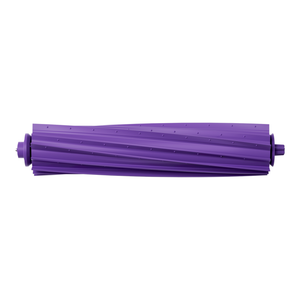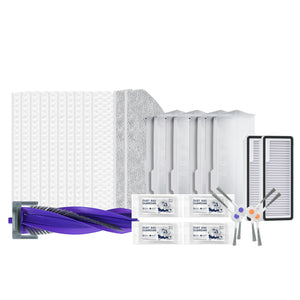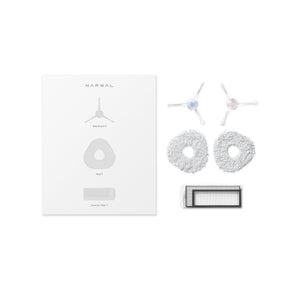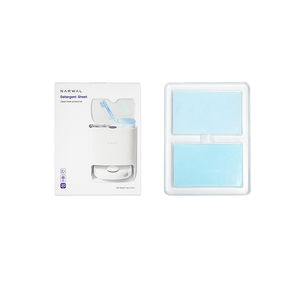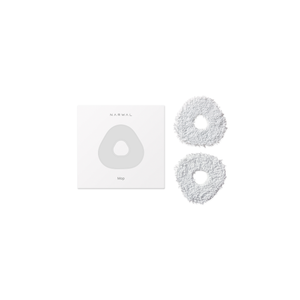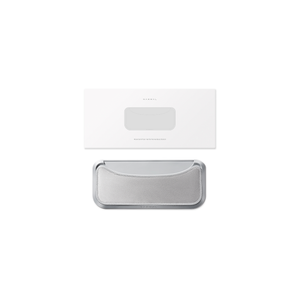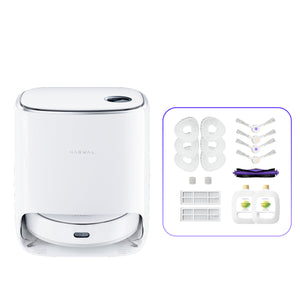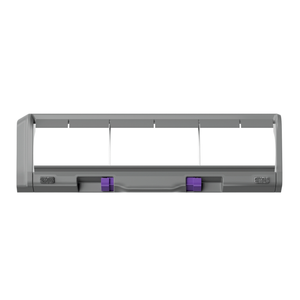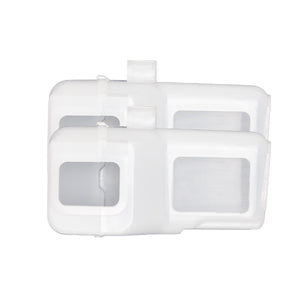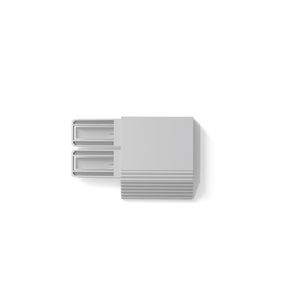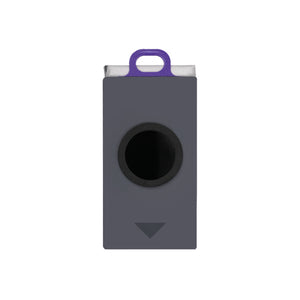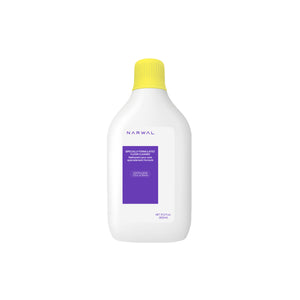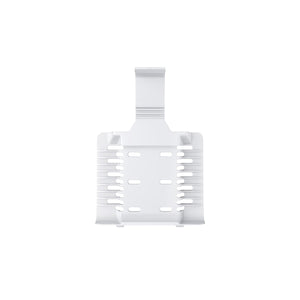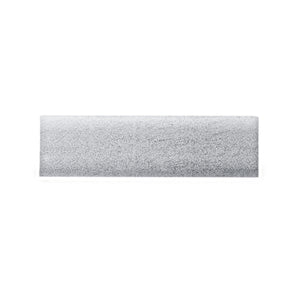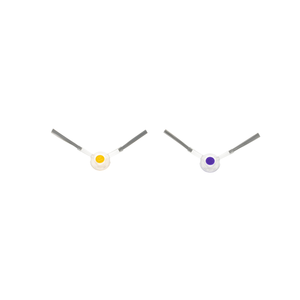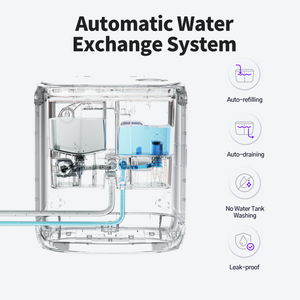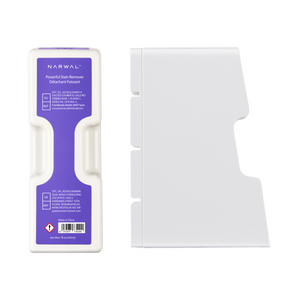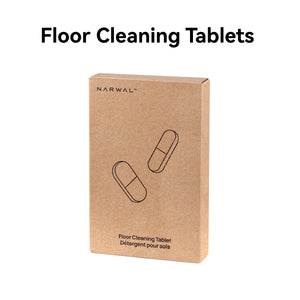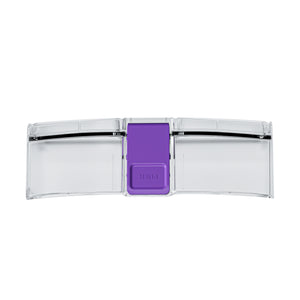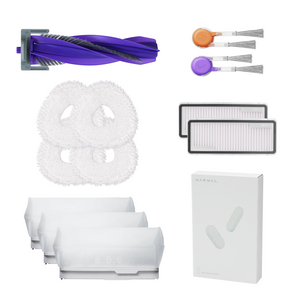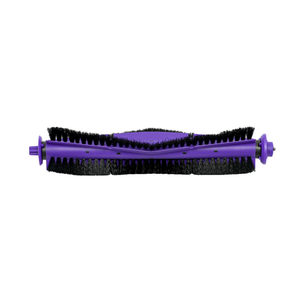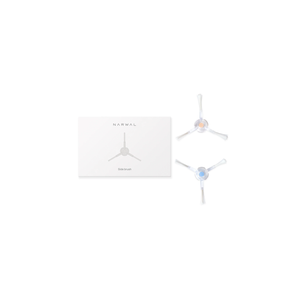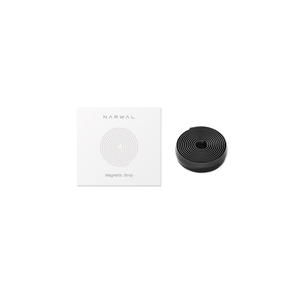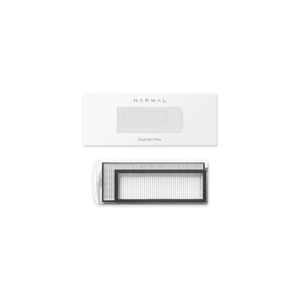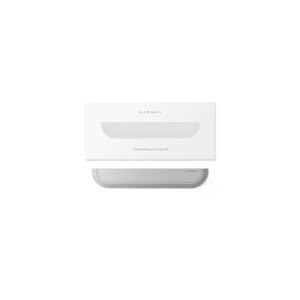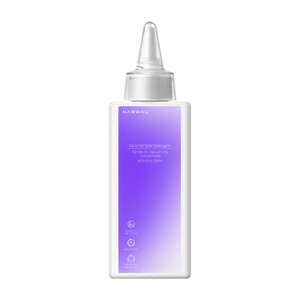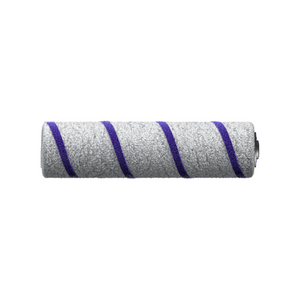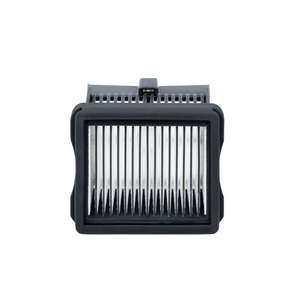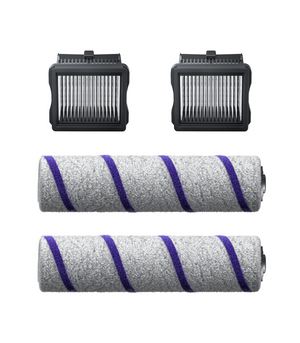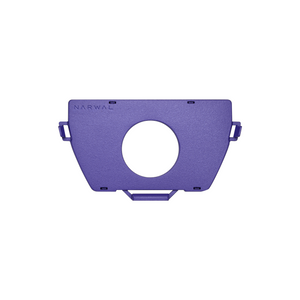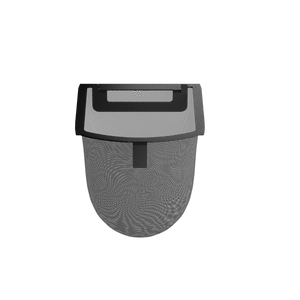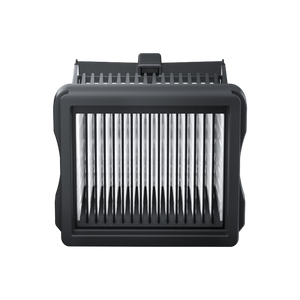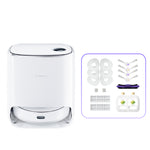Vacuum smells usually come from trapped dirt, moisture, or particles that weren’t cleared out in time. When those build up, they leave behind odors that stick around long after cleaning is done.
This article will guide you through the most common reasons why these smells happen, so you can spot the source early. Next, you’ll learn simple, effective ways to get rid of the odor and restore a fresh scent to your vacuum. We’ll also show you how to prevent smells from coming back through better cleaning habits and smarter maintenance.
Why Does My Vacuum Smell Bad?
A vacuum usually smells bad because of built-up dirt, clogged filters, pet hair, moisture, or a worn-out motor. These problems allow bacteria, mold, and odors to grow inside the machine, especially if it isn’t cleaned regularly.
Understanding the specific cause is the first step to fixing the problem and preventing it from coming back.
Full or Overflowing Dust Bin or Bag
When the dust bin or bag is too full, it traps more than just dust. It also holds pet hair, food crumbs, dead skin, and tiny bits of dirt. Over time, these materials start to break down. As they do, they release a strong, musty smell.
A full bin also blocks airflow. This makes the vacuum work harder and heat up, which can make the smell even worse. If your vacuum has a bag, it can hold odors longer because the fabric traps the scent. Bagless vacuums have plastic containers, but they can still smell bad when dirt sits for too long.
Even if the bin looks only half full, smells can still build up inside. It depends on what you vacuumed and how long the dirt has stayed there. The longer it sits, the stronger the odor becomes.

Clogged or Dirty Filters
Vacuum filters are designed to catch fine dust and tiny particles so they don’t blow back into the air. But when these filters get dirty or clogged, they stop working properly. Dust, hair, and even moisture can build up on the filter, and over time, this mix can start to smell bad.
A clogged filter also blocks airflow inside the vacuum. This can cause the motor to overheat, which sometimes adds a burnt or sour smell to the mix.
Some filters, especially foam or sponge types, can hold onto bacteria and mold if not cleaned or replaced. These microbes are often the source of strong, unpleasant odors.
Trapped Pet Hair and Dander
If you have pets, your vacuum collects more than just fur. It also picks up dander, which is tiny flakes of skin that fall off animals. These particles may seem harmless, but they can carry bacteria, oils, and odors.
Pet hair often gets stuck in the brush roll, hose, or filter. When it stays there, it starts to hold moisture from the air or from recently cleaned carpets. This dampness makes it easier for smells to form.
In some cases, the smell is worse after vacuuming certain areas, like pet beds or litter zones. If the hair is not removed, the odor builds up and spreads each time the vacuum is used.
Mold or Moisture Inside the Vacuum
Moisture is a common cause of strong odors in a vacuum. It can come from wet carpets, damp floors, or spills. If the vacuum picks up anything wet, that moisture may stay trapped inside the bin, filter, or hose. Even a small amount of water can lead to mold if the vacuum is not dried properly.
Mold grows quickly in dark and closed areas. Once it starts, it gives off a musty smell that becomes stronger over time. The odor often appears as soon as the vacuum is turned on.
Overheated Motor or Burnt Belt
A burning smell from your vacuum often comes from the motor or the drive belt. The motor needs steady airflow to stay cool. If filters or hoses are blocked, the motor can overheat and give off a hot, electrical odor.
The drive belt moves the brush roll. When hair or debris jams the brush, the belt struggles to turn. This creates heat and can cause a burnt rubber smell. In some cases, the belt may melt or snap.
Both issues produce strong odors and can point to mechanical problems. If the smell gets worse during use, the vacuum may need repair.
How to Get Rid of Vacuum Smells Quickly?
To remove bad smells from your vacuum, you need to clean the inside parts where dirt, hair, and moisture collect. This includes the dust container, filter, brush roll, hose, and any other part that traps debris.
Smells build up over time, so a quick wipe on the outside is not enough. You need to clean each part properly and check for anything that may be damaged. The steps below will help you find and remove the source of the odor.
Empty and Clean the Dust Container
Start by turning off and unplugging the vacuum. Remove the dust container or bag from the machine. If it uses a bag, throw it away and replace it with a new one. For a bagless vacuum, take out the bin and empty all the dirt into the trash.
Next, wash the dust container with warm, soapy water. Use a soft brush or sponge to scrub all sides, especially the corners where dirt sticks. Rinse it well to remove any soap. Let it dry fully before putting it back. A wet container can trap moisture and cause smells again.
If your vacuum has a lid or flap on the bin, clean those parts too. Wipe them with a damp cloth and make sure no dirt is left inside. Cleaning the dust container this way helps remove any odor left by old dust or pet hair.
Rinse or Replace the Filter Properly

First, unplug the vacuum and take out the filter. Most vacuums have one or two filters. Some are washable, and some are not. Check your user manual if you are not sure.
If the filter is washable, tap it gently over the trash to remove loose dust. Then rinse it under warm running water. Do not use soap unless the manual says it is safe. Keep rinsing until the water runs clear. Let the filter dry completely in a clean, airy place. This may take 24 hours or longer.
If the filter is not washable, replace it with a new one. You can usually find the right model online or at a store that sells vacuum parts.
Cleaning or replacing the filter the right way helps remove the smell trapped in dust and dirt. It also keeps the vacuum running properly.
Clean the Brush Roll to Remove Debris
Before you start, make sure the brush roll is removable. Check your vacuum’s manual or look for release tabs or screws. Some models are not designed to be taken apart, and forcing them open could damage the machine or cancel the warranty.
If it is safe to remove, unplug the vacuum and turn it over. Open the cover and take out the brush roll. You may see hair, thread, or string wrapped tightly around it. Use scissors to cut through the mess, then pull it off carefully.
Wipe the brush roll with a damp cloth to clear away dust and fine debris. If needed, rinse it with warm water and let it dry fully before putting it back.
Clean the Hose and Let It Dry Fully
Start by unplugging the vacuum. Carefully remove the hose from the machine. Most hoses twist off or release with a button, but if you are unsure, check the user manual.
Take the hose to a sink or bathtub. Run warm water through it to rinse out loose dirt. Then fill the hose with a mix of warm water and mild dish soap. Gently shake the hose back and forth to clean the inside.
Pour out the soapy water and rinse the hose several times until the water runs clear. Check both ends for any large debris stuck inside. You can use a long brush or a straight coat hanger to help push it out if needed.
After rinsing, stand the hose upright or lay it flat with both ends open. Let it dry completely before reattaching it. Using the vacuum while the hose is still wet can cause new odors to form.
Clean the Water Tank and Mop Pad If Using a Vacuum Mop
If your vacuum has a mop function, both the water tank and mop pad need regular cleaning to stop bad smells.
First, remove the water tank from the machine. Empty any leftover water. Rinse the tank with warm water. If there is buildup or odor, fill it halfway with water and add a small amount of white vinegar. Shake gently, then rinse again with clean water. Make sure the tank is completely dry before placing it back.
Next, take off the mop pad. Most pads attach with Velcro or slide into clips. Check the label to see if the pad is machine washable. If it is, wash it with mild detergent and let it air dry. If not, soak it in warm soapy water, rinse it well, and hang it to dry fully.
Never leave dirty water or a wet mop pad inside the vacuum. This can cause bacteria to grow and create strong odors the next time you clean.
As a side note, if you find this step too much trouble, consider the Narwal Z Ultra. Its base station can detect dirt levels, adjust water temperature between 113°F and 167°F for cleaning, and finish with hot air drying to help prevent bacteria growth.

Inspect the Motor for Overheating or Burnt Smell
If your vacuum still smells after cleaning, the motor could be the problem. First, unplug the vacuum and let it cool down completely. Do not open the motor housing unless your manual says it is safe to do so.
Look for signs of overheating. This includes a strong burnt smell, loud noise during use, or the vacuum shutting off by itself. These can all mean the motor is under too much stress.
Check the filters, hose, and brush area again to make sure there is no blockage. A blocked airflow can make the motor work harder and cause it to overheat.
If the smell starts suddenly and smells like burning plastic or rubber, the motor or belt may be worn or damaged. In this case, stop using the vacuum and contact the manufacturer or a repair shop. Continuing to use it could lead to more damage or safety issues.
How to Prevent Your Vacuum from Smelling?
To keep your vacuum from smelling, you need to clean it regularly, use safe odor-control methods, or consider models with self-cleaning features. The tips below will help stop odors before they begin.
Replace to a Self-Cleaning Robot Vacuum
The fastest way to stop vacuum smells for good is to upgrade to a self-cleaning robot vacuum. Models like Narwal robot vacuums can automatically wash their mop pads and empty dust into a sealed base station, so dirt and moisture never sit inside the machine.
These vacuums reduce the need for manual cleaning. The base station handles dirty mop water, dries the pads with hot air, and stores dust in a separate bin. This setup keeps odor-causing waste out of the vacuum and away from your home.
If you often forget to clean your vacuum or want a hands-free option, switching to a self-cleaning robot is an easy and long-term solution.
Clean and Maintain Your Vacuum Regularly
To prevent bad smells, it’s important to care for your vacuum before problems start. Create a simple schedule and stick to it. For most users, once a week is enough.
After each use, check the dust bin or bag and empty it if it is more than half full. This keeps old dirt from sitting too long.
Wipe down the outside of the vacuum with a damp cloth once a week. This helps remove dust and residue that can collect near vents and openings.
Every month, inspect the main parts such as the filter, brush roll, and hose. Even if they look clean, light cleaning can stop early buildup. Replace filters on schedule, even if they do not smell yet.
Lastly, store your vacuum in a dry, well-ventilated space. Avoid closets with no airflow or areas near moisture like bathrooms or laundry rooms.
Good habits keep your vacuum fresh and ready for use.
Use Safe Deodorizing Hacks
To prevent odors without harming your vacuum, focus on methods that are gentle and safe for the machine.
If your vacuum allows it, you can use a deodorizing filter made for your model. Some HEPA filters or charcoal filters come with odor control built in. Check your user manual before buying replacements.
Avoid using baking soda or loose powders inside the vacuum. Although they are often suggested online, they can clog the filter, damage the motor, or reduce suction power over time.
Another safe method is to use a deodorizing tablet made for vacuums. These are designed to release a light scent during use without clogging the filter or hose. Always follow the product instructions carefully.

Stop Vacuum Smell for Good with the Right Habits and Models
A smelly vacuum is more than just unpleasant. It usually means that something inside needs care or attention. With simple habits and the right cleaning routine, you can keep your vacuum fresh and your home cleaner.
Of course, not everyone enjoys dealing with maintenance. That’s why many people are now choosing smarter solutions that simplify the entire process. If you prefer convenience, consistency, and a cleaner space with less effort, brands like Narwal are quietly becoming the top choice for a new generation of home care.
Sometimes, the best way to fix a recurring issue is to avoid it altogether.














